13 Modern Horror Films From the 2010s That Raised the Bar
The 2010s brought a wave of innovative horror films that redefined the genre, blending psychological depth with traditional scares. These films go beyond the typical jump scares and gore, often offering thought-provoking social commentary or exploring complex emotional themes. With their unique storytelling and creative subversions of classic horror tropes, these movies stand out as some of the most memorable and influential in modern horror.
This post may contain affiliate links, which helps keep this content free. Please read our disclosure for more info.
Get Out (2017)
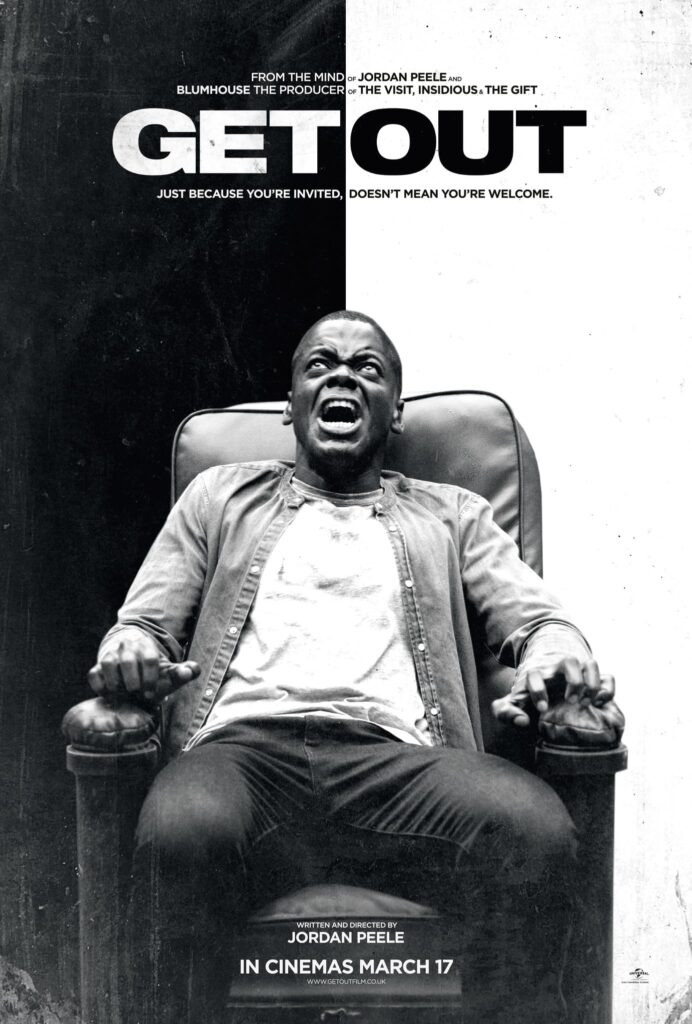
Jordan Peele’s directorial debut shocked audiences and critics alike with its fresh take on the horror genre. “Get Out” stands out not only for its scares but for its profound social commentary on race relations in America. Peele masterfully uses the horror genre as a vehicle to explore the microaggressions, white supremacy, and the exploitation of black bodies, making it a sharp critique of contemporary racial issues. The film blends suspense, satire, and psychological terror, making it a significant cultural touchstone for modern horror.
In terms of genre subversion, “Get Out” turns what might be a typical home-invasion plot into an unsettling examination of privilege and the dark undercurrents of society. Its success lies in how it makes the audience question the seemingly benign, while providing moments of real tension and fear. It shows how horror can engage with pressing social issues in a way that is both chilling and thought-provoking.
Hereditary (2018)
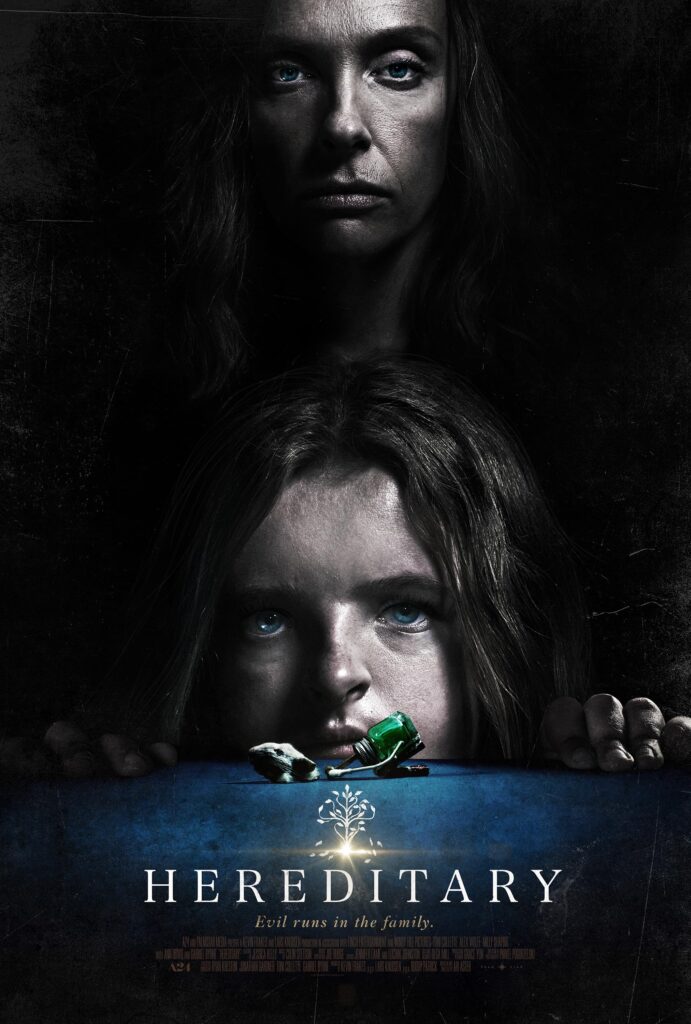
Ari Aster’s “Hereditary” broke through with a devastating emotional weight and horrific imagery that lingers long after the credits roll. The film’s intricate exploration of grief, trauma, and family dynamics is paired with a slow burn of horror that gradually escalates into terror. Instead of relying on jump scares, Aster crafts a palpable sense of dread that permeates every moment. The descent into madness and the uncovering of a family’s dark secrets is deeply unsettling, touching on universal fears while adding a layer of occult horror that feels fresh and unpredictable.
“Hereditary” subverts traditional horror expectations by blending personal tragedy with supernatural horror, creating a unique narrative experience. It challenges the viewer’s expectations of what horror can be, shifting the genre from simple scares to an exploration of psychological decay and the impact of unresolved trauma.
It Follows (2014)
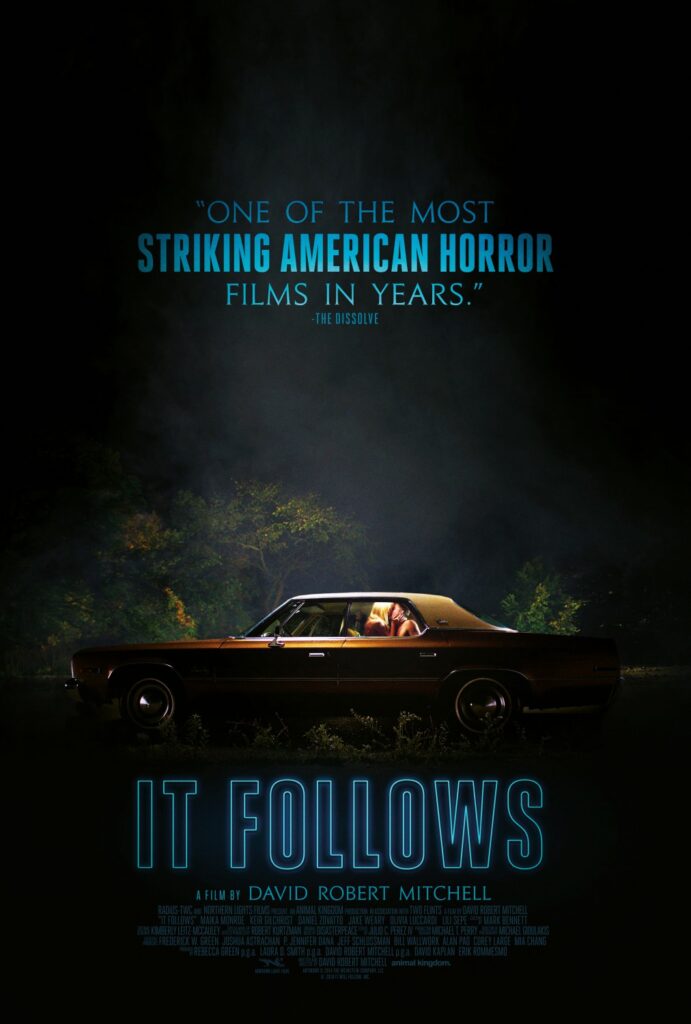
David Robert Mitchell’s “It Follows” takes a simple premise. This supernatural entity relentlessly pursues its victims, transforming them into an unsettling exploration of fear, intimacy, and the passage of time. The film stands out for its clever use of tension-building, as the ever-present sense of being watched and followed is subtly introduced before becoming an overwhelming threat. The horror here doesn’t come from gore or overt violence, but from the creeping dread of knowing you are always being pursued, no matter where you go.
This film’s brilliance lies in its ability to subvert the usual conventions of horror, offering a metaphorical exploration of anxiety, sexual trauma, and the inescapability of responsibility. “It Follows” makes its audience uncomfortable not by showing too much, but by showing just enough to ignite the imagination and leave lingering questions about its deeper meanings.
The Witch (2015)
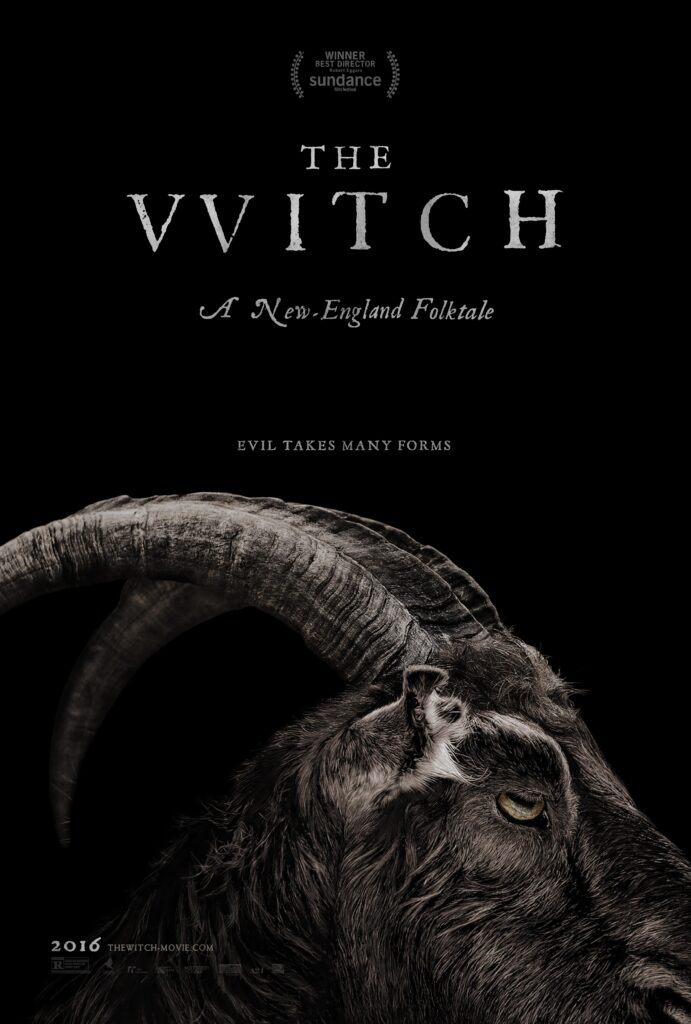
Robert Eggers’ “The Witch” transports viewers to 1630s New England, where an isolated Puritan family faces terrifying supernatural forces in the woods. The film stands as a masterclass in atmospheric tension, building its horror slowly and deliberately, immersing viewers in an unsettling period setting that feels disturbingly authentic. Eggers leans heavily on folklore and historical detail, weaving a psychological and religious horror tale that feels both timeless and tragically inevitable.
Unlike most contemporary horror films, “The Witch” challenges the genre’s expectations by offering a slow-paced, eerie narrative that delves into themes of fanaticism, fear, and the role of women in patriarchal society. The subversion comes in how it portrays evil as an alluring, seductive force rather than an external antagonist, creating a much more internal and pervasive sense of dread.
Midsommar (2019)
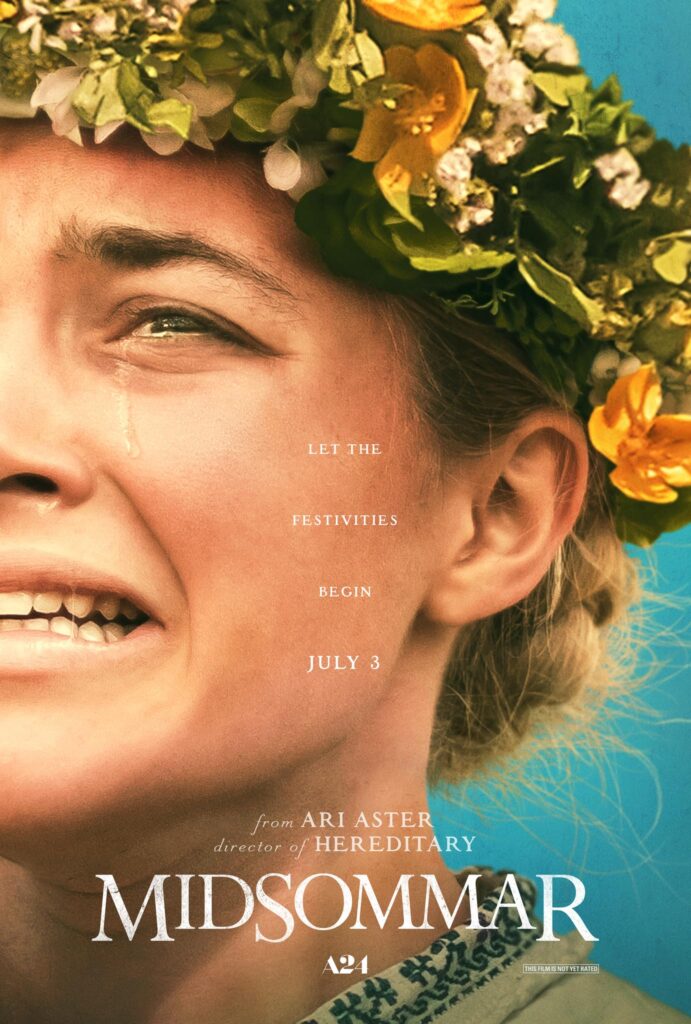
Ari Aster’s follow-up to “Hereditary,” “Midsommar,” takes a seemingly idyllic setting, Sweden’s countryside, and transforms it into a nightmare that unfolds in broad daylight. The film, centered around a group of friends visiting a rural commune, cleverly subverts the usual horror film conventions by placing its horror in a sunny, beautiful environment, where the tension builds steadily and overtly. What begins as an anthropological curiosity quickly turns into a chilling journey into cultish madness and psychological breakdown.
“Midsommar” is a film about grief, trauma, and the human need for belonging, making it a profound exploration of personal and collective suffering. The subversion of the horror genre comes in its pacing and the unsettling realization that the true horror is not just in the events that occur but in the relationships that slowly break down under the pressure of cultural norms and psychological instability.
The Babadook (2014)
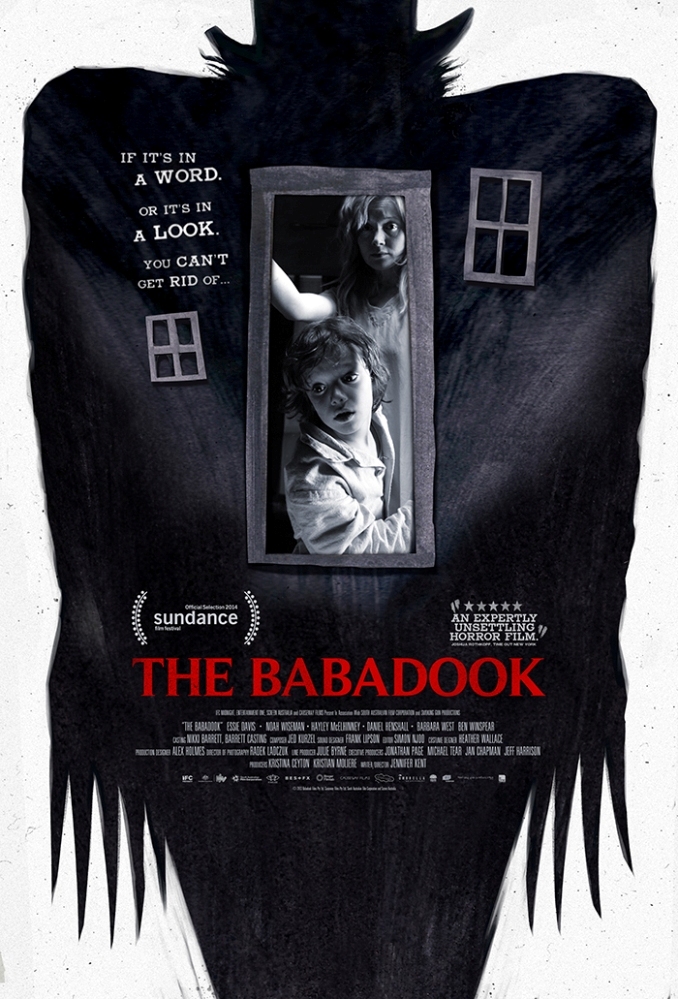
Jennifer Kent’s “The Babadook” begins as a seemingly simple haunted house story but slowly morphs into a deeply psychological exploration of grief, motherhood, and mental illness. The story centers on a widowed mother and her son, whose lives are turned upside down by a sinister entity that seems to manifest from a children’s book. The film stands out for its ability to combine emotional depth with a hauntingly atmospheric horror, where the real terror comes not from the external force but from the internal struggles of the characters.
“The Babadook” challenges traditional horror by making the monster a manifestation of the mother’s unresolved grief and trauma, blurring the lines between supernatural horror and psychological thriller. This shift from a typical horror trope to a deeper exploration of personal suffering is what makes “The Babadook” a modern classic, offering a new dimension to the genre.
The Cabin in the Woods (2012)
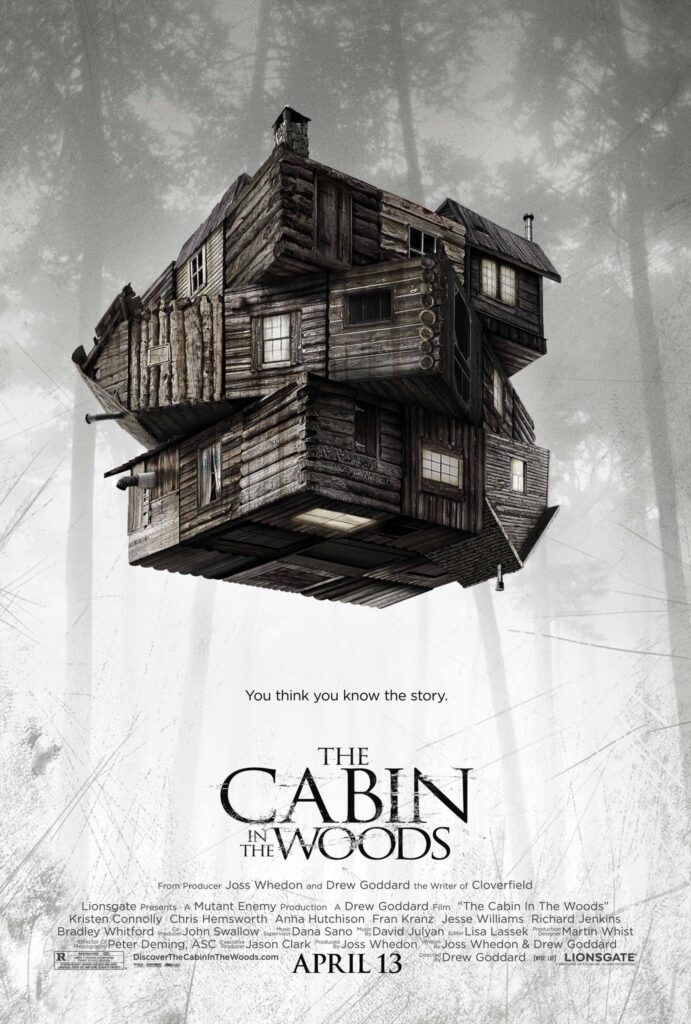
Joss Whedon and Drew Goddard’s “The Cabin in the Woods” is a smart, self-aware deconstruction of the horror genre itself. Initially appearing to follow the familiar “group of friends in a remote cabin” formula, the film quickly subverts expectations by revealing a much larger, more complex conspiracy at play. The film cleverly balances genre parody with genuine horror, using its premise as a commentary on the formulaic nature of horror films.
What makes “The Cabin in the Woods” such a standout is its ability to simultaneously honor and deconstruct genre tropes. Through its meta-narrative, the film critiques the repetitive nature of horror movies while offering a fresh, intelligent perspective on the genre. It’s a perfect example of how a film can push the boundaries of the genre by exploring what horror films can be beyond their surface-level scares.
The Conjuring (2013)
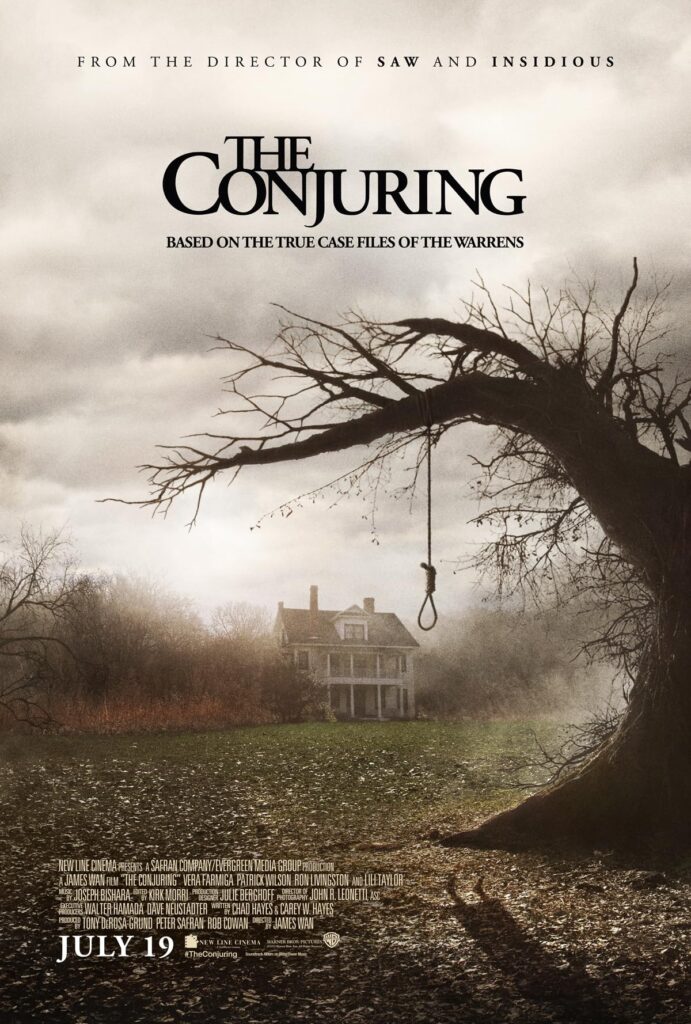
James Wan’s “The Conjuring” revitalized the haunted house genre, blending traditional scares with an emotional undercurrent of family and faith. Based on the real-life experiences of paranormal investigators Ed and Lorraine Warren, the film introduces a haunted house that feels eerily believable, grounding its supernatural elements in the everyday lives of its characters. Wan masterfully creates tension through his use of atmosphere, sound, and timing, making the horror feel almost tangible.
“The Conjuring” is often cited for its commitment to slow-burn tension and character-driven storytelling. It subverts expectations by focusing on the personal stakes of the characters rather than just the supernatural occurrences, making the horror resonate on a deeper emotional level. Its success lies in how it blends old-school horror techniques with modern sensibilities, creating a perfect balance of scares and substance.
A Quiet Place (2018)
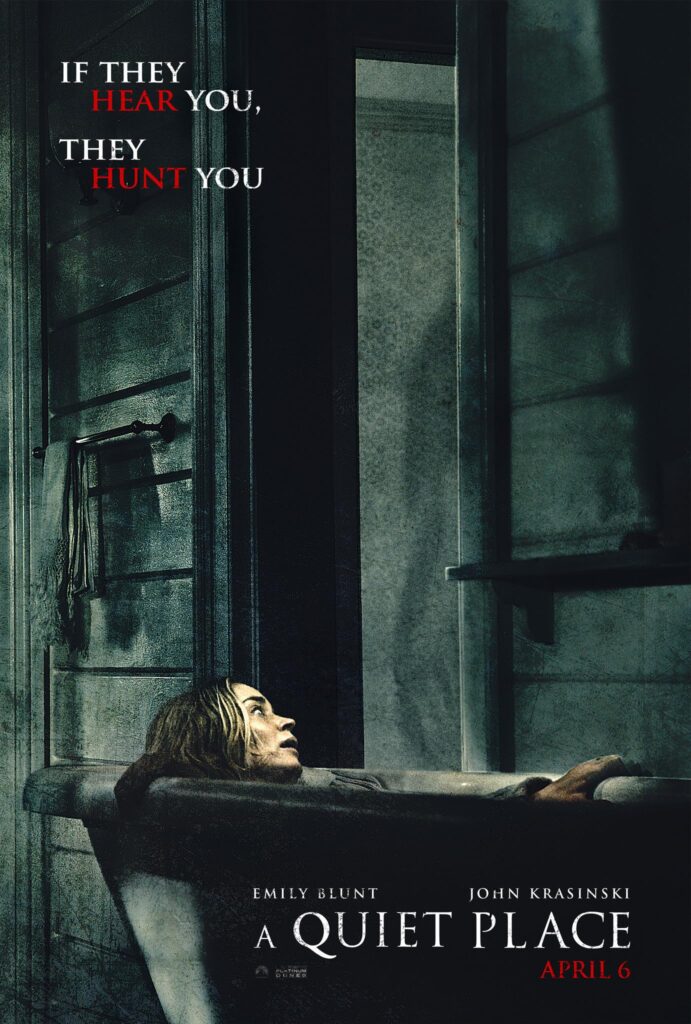
John Krasinski’s “A Quiet Place” innovates by using silence as its main tool for horror. Set in a world where monstrous creatures hunt by sound, the film follows a family that must live in complete silence to survive. The concept of using sound, or the lack thereof, as a core component of the horror is both innovative and incredibly effective, creating an immersive experience where every small noise is amplified.
What makes “A Quiet Place” stand out is how it builds suspense through an exploration of human survival in extreme circumstances. The subversion of genre tropes comes in its focus on family dynamics and communication, using the horror genre to explore themes of sacrifice, protection, and love. The film moves beyond the typical creature-feature by adding a profound emotional core, making it both thrilling and touching.
The Lighthouse (2019)
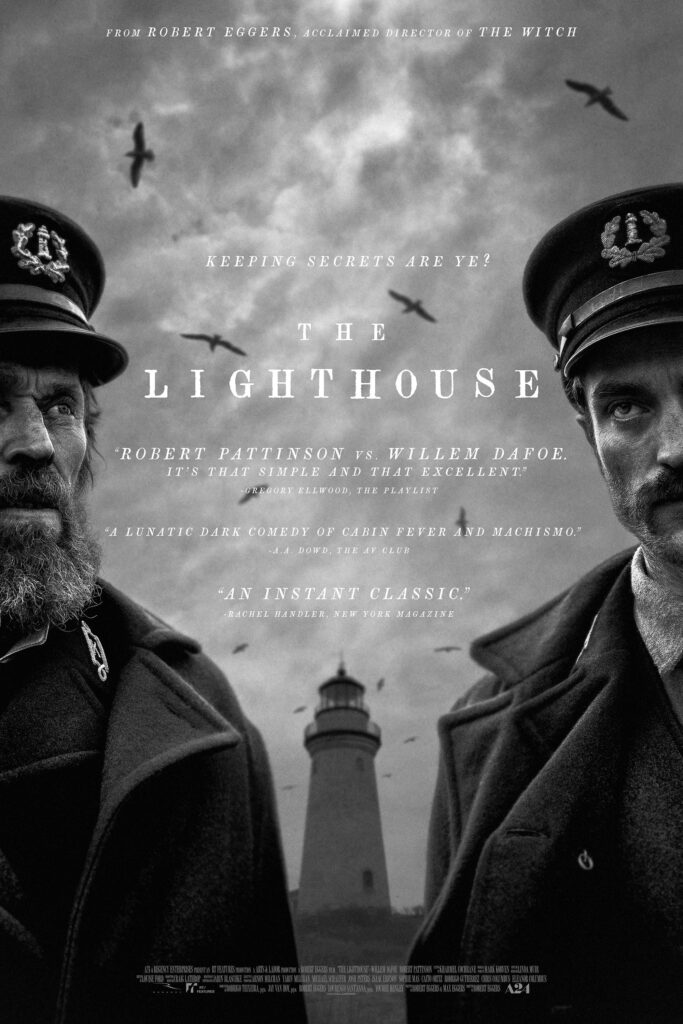
Robert Eggers’ “The Lighthouse” is a psychological horror film that takes place almost entirely in a remote lighthouse, where two men slowly descend into madness. Shot in black and white and presented in a square aspect ratio, the film creates an oppressive, claustrophobic atmosphere that mirrors the mental deterioration of its characters. The ambiguity of what is real and what is imagined heightens the sense of unease, drawing viewers into a surreal, nightmarish world.
“The Lighthouse” stands out for its commitment to psychological depth and its exploration of isolation and power dynamics. Rather than relying on traditional horror elements, it uses its setting and characters to slowly unravel a descent into madness, making the terror much more cerebral than visceral. The film subverts genre expectations by combining elements of psychological drama, mythology, and surrealism to create a truly unsettling experience.
Raw (2016)
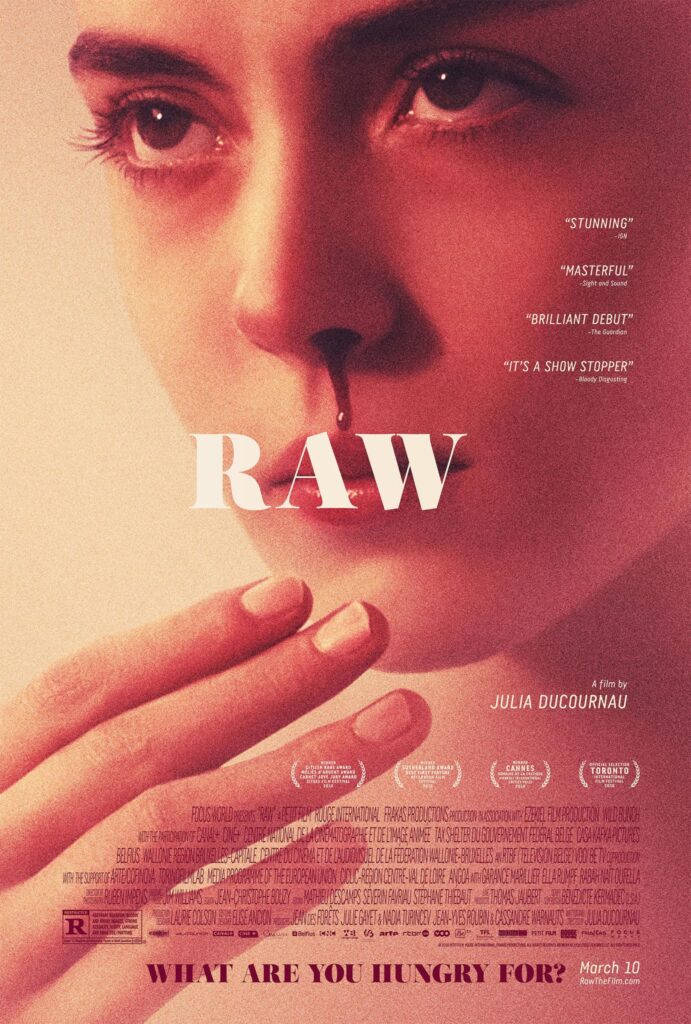
Julia Ducournau’s “Raw” is a deeply unsettling coming-of-age story that combines the body horror genre with a powerful exploration of identity, sexuality, and societal norms. The story follows a young woman who, after undergoing a series of unsettling rituals, discovers a strange and horrifying craving for human flesh. While the film includes moments of intense horror, its true impact lies in its subversive approach to the genre, turning a seemingly ridiculous premise into a metaphorical exploration of repression and transformation.
“Raw” challenges the audience’s expectations by using horror as a means to explore deeper emotional and psychological issues. The visceral nature of the horror is contrasted with the film’s subtle examination of personal growth and the complexities of human desires, making it an effective and thought-provoking piece of cinema.
It (2017)
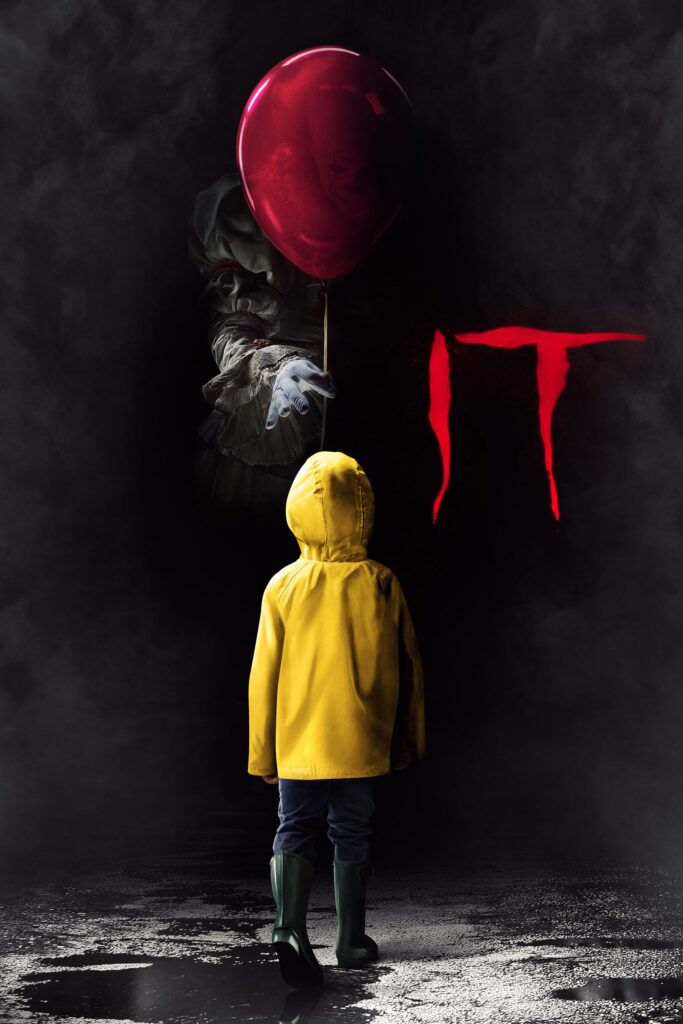
Based on Stephen King’s classic novel, “It” stands out for its ability to balance coming-of-age drama with terrifying supernatural horror. Set in the 1980s, the film follows a group of children who confront the malevolent entity Pennywise, a shape-shifting creature that feeds on their fears. The film’s success lies in its ability to combine nostalgia and emotional depth with truly terrifying moments, drawing viewers into the trauma and triumphs of childhood while delivering its fair share of frights.
What makes “It” a standout is how it uses horror to explore universal themes of fear, friendship, and courage. The subversion of genre tropes comes in how it positions the kids’ emotional journeys as the true heart of the story, rather than just focusing on the scares. The film creates a lasting impression by showing how overcoming personal fears is just as important as defeating the literal monster.
Don’t Breathe (2016)
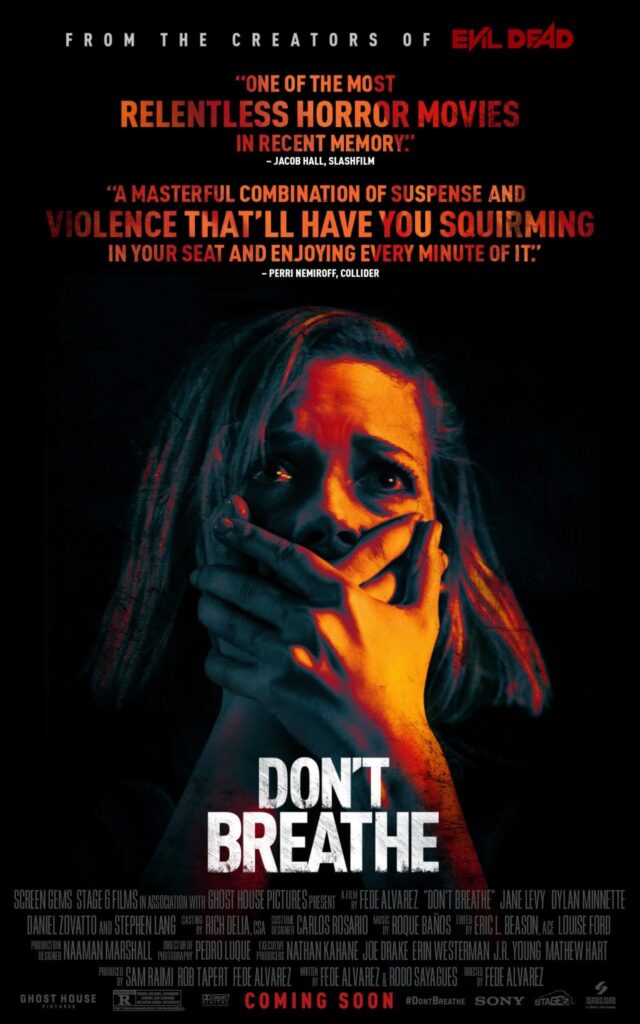
Fede Álvarez’s “Don’t Breathe” flips the typical home-invasion thriller on its head, creating a tense, cat-and-mouse game between a group of burglars and a blind man who turns out to be far more dangerous than they anticipated. The film’s tight pacing and claustrophobic atmosphere make it an intense experience, as the tension builds with every move the characters make. The real horror comes from the protagonist’s realization that they are not the predators but the prey.
The subversion of genre expectations comes in the form of its antagonist, who initially appears as a vulnerable victim but is revealed to be something much darker. “Don’t Breathe” cleverly manipulates its audience’s sympathies, forcing them to question who they should root for in a story where everyone is morally compromised.
This article originally appeared on Avocadu.
